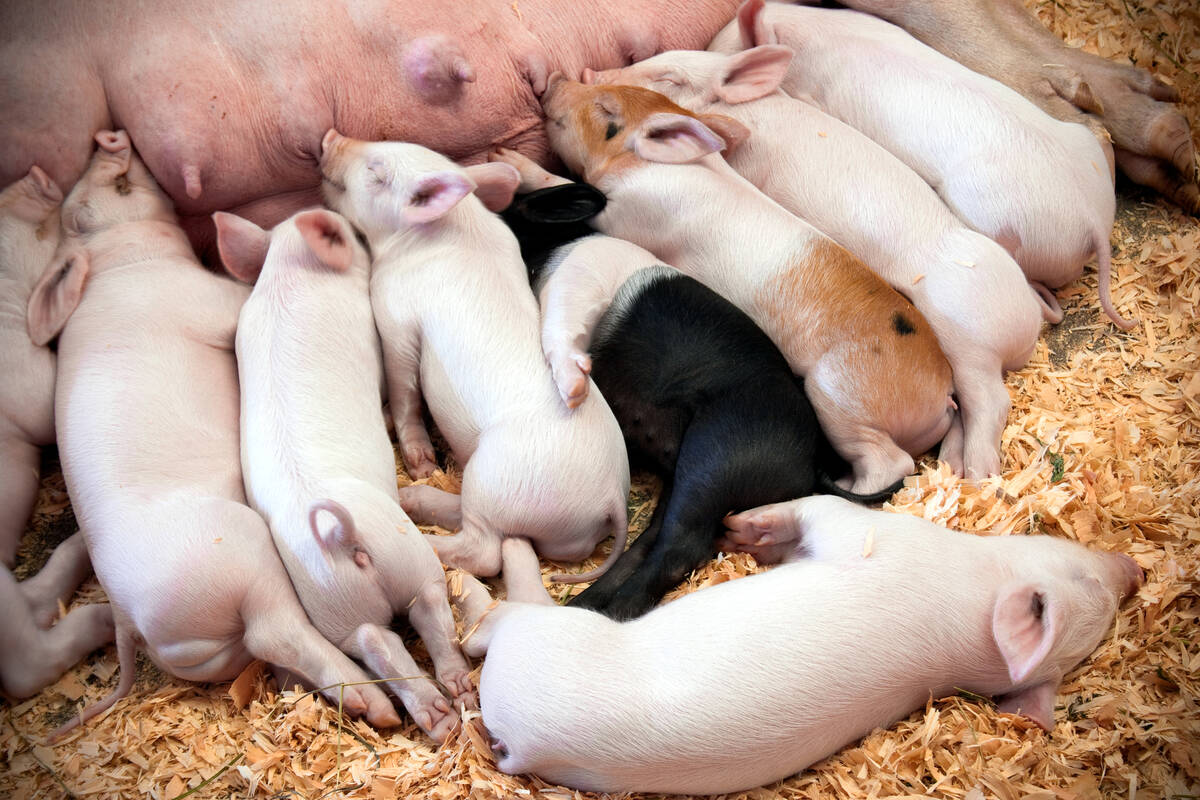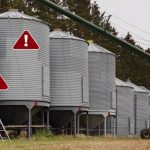Ear tags are the solution for traceability in many types of livestock, but what if the animals have no ears?
That is one of the challenges facing the Canadian National Goat Federation as it works its way toward national traceability of the domestic flock.
La Manchas are the only breed with no ears, but there are also breeds with hairy ears, long ears and miniature ears.
The biological variety among goats has already led the federation to state that it will need a non-electronic option for some animals, in addition to the radio frequency identification tags that have become more or less standard in other livestock.
Read Also

First-time pig mothers may need more lysine
Lysine feed recommendations may fall short for gilt pregnancies when it comes to making sure the mother pig can produce as much milk for her piglets as possible
Besides the question of ear shape or absence, goat owners don’t see the value of RFID tags for young animals destined for short lives. This is particularly the case for young bucks.
“A lot of times, they’re very low value and to put a relatively expensive RFID tag into an animal like this is not very cost effective,” said federation co-chair Geraldine Goodman of the British Columbia Goat Association.
“These animals can at times be worth less than the cost of the tag.”
Goat owners have had a system of voluntary traceability for a while, especially among those interested in using their data for herd management, said Goodman.
“I think we’ve had pretty good uptake on the program and people starting to utilize it ahead of the mandatory program coming in,” she said.
The federation is now looking at the countdown to mandatory traceability and premise identification next year. Its efforts will be funded through Growing Forward 2.
“We’re up to the challenge,” said Goodman.
A federation committee has been struck, which identified its next moves in an early January meeting.
It plans to obtain producer feedback on tag type and retention and identify tags that will be on the approved list. Tag colour must also be decided because different types of livestock use different colours.
Goodman said the committee also plans to consult with other livestock associations that have more developed traceability systems and use their acquired knowledge.
The federation plans to hire a project manager to oversee the transition once funding is in place.
“The main message is that we need a system that’s workable and economic,” Goodman said.
As for the earless goats, a tag applied to the tail web is the likely solution.
barb.glen@producer.com















